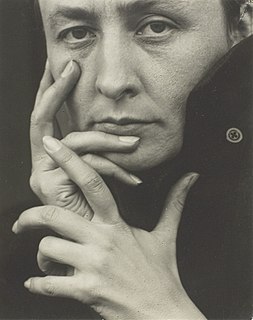Top 277 Quotes & Sayings by Kehinde Wiley - Page 2
Explore popular quotes and sayings by an American artist Kehinde Wiley.
Last updated on December 24, 2024.
Branding says a lot about luxury and about exclusion and about the choices that manufacturers make, but I think that what society does with it after it's produced is something else. And the African-American community has always been expert at taking things and repurposing them toward their own ends.
So much of my work is defined by the difference between the figure in the foreground and the background. Very early in my career, I asked myself, "What is that difference?" I started looking at the way that a figure in the foreground works in eighteenth- and nineteenth-century European paintings and saw how much has to do with what the figure owns or possesses. I wanted to break away from that sense in which there's the house, the wife, and the cattle, all depicted in equal measure behind the sitter.
























